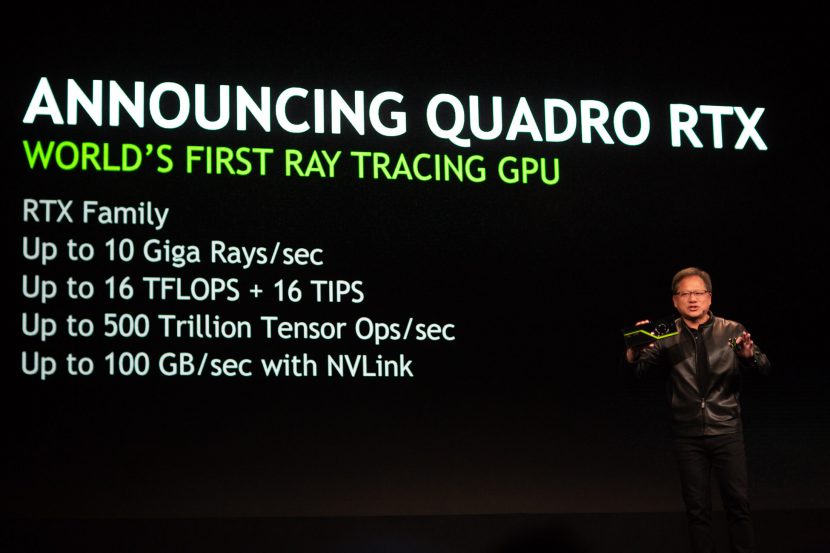 In a breakthrough today at the SIGGRAPH conference, NVIDIA CEO Jensen Huang revealed “The Speed of Light,” a real-time cinematic experience utilizing NVIDIA Turing architecture, RTX technology and new Unreal Engine rendering advancements, featuring the Porsche 911 Speedster Concept.
In a breakthrough today at the SIGGRAPH conference, NVIDIA CEO Jensen Huang revealed “The Speed of Light,” a real-time cinematic experience utilizing NVIDIA Turing architecture, RTX technology and new Unreal Engine rendering advancements, featuring the Porsche 911 Speedster Concept.
It was part of Huang’s presentation of the new NVIDIA Graphics cards, it is built on NVIDIA RTX technology that was shown first at GDC in March 2018.
The GDC demo showed the first real time ray tracing but it was running on specialist hardware with 5 rays per pixel, but this coupled with AI based noise reduction proiduced amazing results but on a huge stack of NVIDIA hardware. At SIGGRAPH Huang showed the same thing
The Quadro RTX family
- Up to 10 giga rays /sec
- Up to 16 TFLOPS + 16 TIPS
- Up to 500 Trillion Tensor Ops/sec
- Up to 100GB/sec with NVLink
This uses the new Turing GPU, a new hybrid rendering moderl. Interoperable Rasterization, Ray Tracing, Compute, and AI. In display terms it is native HDR and supports 8K video for the first time. The NVLink can link multiple GPU.
The Pascal was 11.8 billion transistors, and the new Turing is 18.6 billion transistors – and with a 96Gb frame buffer.
In terms of software, they will support USD and new NVIDIA MDL Materials Open Source. “Our Material Definition Language SDK, now available as open source, gives developers the ability to apply realistic-looking materials like cloth or metal to their designs. They can add more functionality, work across more applications, exploit new platforms, import to iPad or Android, create new backends, and more” he said during the presentation.
“RTX and Turing opens up the $250B visual effects industry”, according to Huang. NVIDIA is looking at industries from Design to AEC, Visualization as well as film and television. This is due to ray tracing realism.
Speed of Light
The forward-looking technology unveiled onstage is the culmination of a joint development effort to unlock offline-quality ray-traced rendering in a game engine.
“The Porsche 911 Speedster Concept is the first car to be visualized with interactive real-time ray tracing,” said Francois Antoine, Director of HMI at Epic Games, and creative director and VFX supervisor on the project. “In concert with NVIDIA we’re accelerating the adoption of real-time ray tracing across many industries.”
“NVIDIA RTX technology is purpose-built to provide a generational leap in the quality of real-time computer graphics, and ‘The Speed of Light’ perfectly demonstrates that we are delivering on our promises,” said Tony Tamasi, SVP of Content and Technology at NVIDIA. “With Unreal Engine it’s possible to create physically-accurate, realistic scenes that feature a level of fidelity and detail we’ve previously only been able to imagine.”
“Porsche’s collaboration with Epic and NVIDIA has exceeded all expectations from both a creative and technological perspective,” said Christian Braun, Manager of Virtual Design at Porsche. “The achieved results are proof that real-time technology is revolutionizing how we design and market our vehicles.”
Porsche is known for experimenting with the most advanced design techniques, and Braun has always envisioned a pipeline featuring a single toolset at its core. The enabling of real-time ray tracing with ray-traced diffuse global illumination in Unreal Engine has made it possible for Porsche to visualize this latest concept car, which will be made available to consumers. The experimental real-time ray tracing features used to create “The Speed of Light” will be built into a future Unreal Engine 4 release to benefit the entire development community.
“When you see the quality of the cinematic, it’s remarkable to note that no baking or lightmaps were required. There is no precomputed lighting—it’s all fully dynamic for both objects and light,” said Antoine. “When we’re designing cars, we have to explore every option from every angle, and having the ability to review fully visualized renders in real time has completely transformed the way we ideate.”
Bringing dynamic global illumination and ray-traced lighting to Unreal Engine is a critical development for users who work with very large datasets, and the advancements will benefit creators in game development, filmmaking, architecture, design, manufacturing, AR/VR and simulation.
“The Speed of Light” demo debuted running on two NVIDIA Quadro RTX cards. New Unreal Engine features demonstrated include:
- Ray-traced translucency
- Ray-traced rectangular area light shadows
- Ray-traced reflections
- Ray-traced diffuse global illumination
- Dynamic textured area lights
“With Turing architecture NVIDIA have shattered the photorealism barrier that current-generation rasterizing techniques have presented until now,” said Kim Libreri, CTO, Epic Games. “Just as we saw with the movie business over a decade ago, ray tracing is going to revolutionize the realism of real-time applications, cinematic experiences and high-end games. Now, we will see artists and designers using Unreal Engine technology to create, view and interact with content that is indistinguishable from reality.”


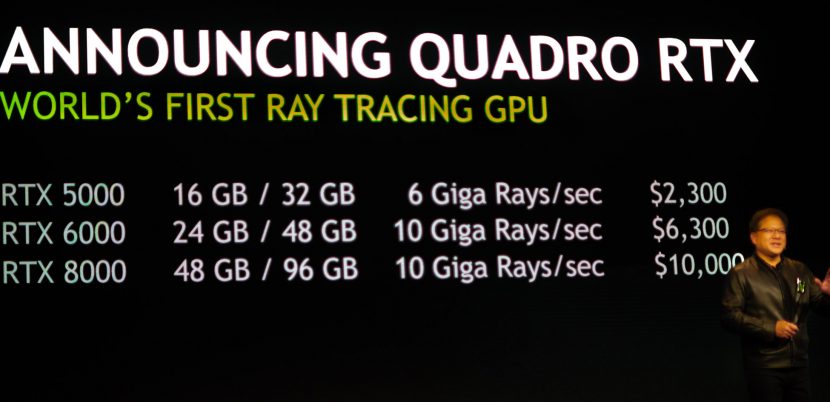

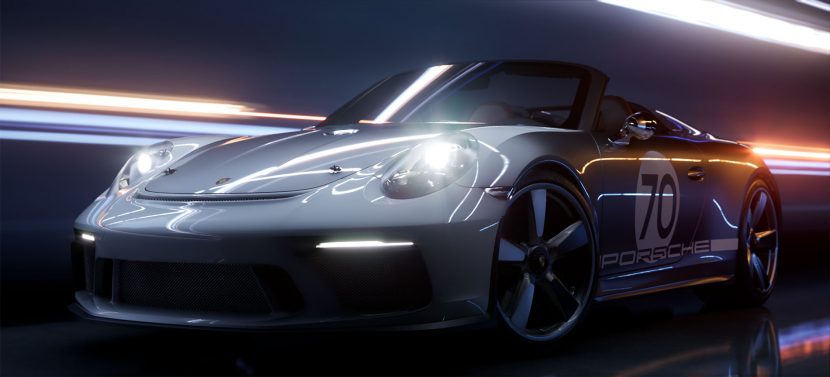
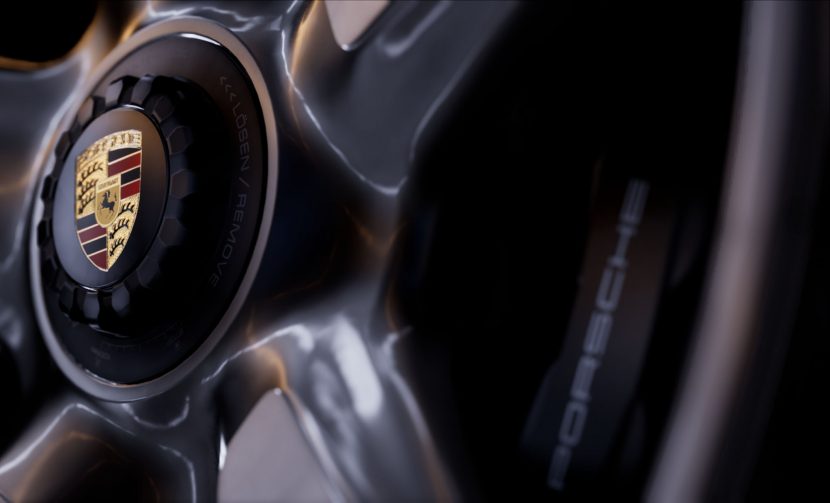

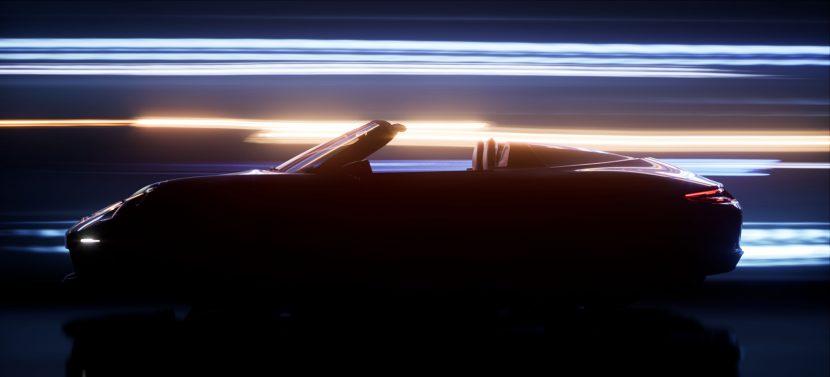
It`s cool, but the 10* is still pretty good. I don`t think that after a massive decrease in crypto mining, there are sill be a big demand for such powerful cards/
I`m just an essay writer from https://samedayessays.net/ but many of my friends worked with cryptocurrencies and I know that most of them had to sell their farms after falling of bitcoin.